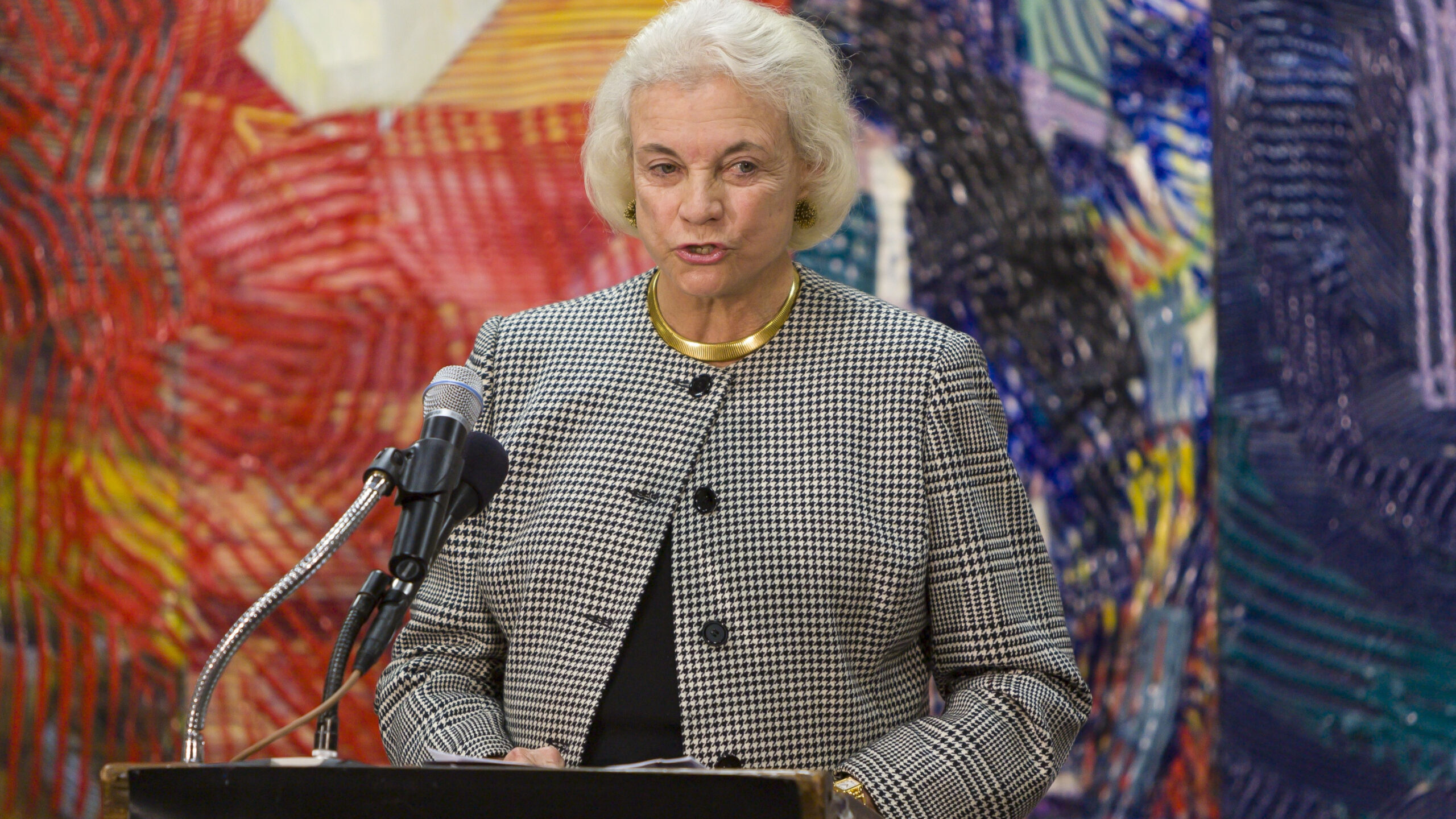The Second Circuit’s Fair and Balanced Fair Use Decision in Fox News v. TVEyes
This week is Fair Use Week, so at first blush, the Second Circuit’s decision that TVEyes’s service was not a fair use might appear ironic. However, a closer read reveals that the decision does not in any way undermine the Second Circuit’s recent fair use jurisprudence.
As DisCo has previously covered, TVEyes continuously records the audiovisual content of more than 1,400 television and radio channels, imports that content into a database, and enables its clients to view, archive, download, and email to others ten‐minute clips. Fox News sued TVEyes for copyright infringement. In 2014, the district court granted summary judgment to TVEyes. Fox appealed, and now the Second Circuit has reversed the decision below.
The Second Circuit stated that distinct functions should be analyzed separately to determine whether each function is a fair use. The Second Circuit noted that TVEyes had two core offerings: the “Search function,” which allows clients to identify videos that contain keywords of interest; and the “Watch function,” which allows TVEyes clients to view up to ten‐minute, unaltered video clips of copyrighted content. The district court had found the Search function and most aspects of the Watch function to be a fair use. The Second Circuit stressed that Fox did not challenge the Search function finding; “Fox’s challenge is to the Watch function.”
In other words, Fox’s appeal did not question the Second Circuit’s findings in Authors Guild v. HathiTrust and Authors Guild v. Google that the copying necessary to create a search database is a fair use. Rather, this appeal concerned the amount of Fox content TVEyes displayed to its customers in its search results. And the Second Circuit concluded that the ten-minute clips TVEyes displayed exceeded fair use.
The Second Circuit’s analysis of the four fair use factors with respect to the display of these clips is not that surprising. With respect to the first factor, the purpose and character of the use, the Second Circuit found that “the clients of TVEyes use Fox’s news broadcasts for the same purpose that authorized Fox viewers use those broadcasts‐‐the purpose of learning the information reported.” (Some peculiarities in the first factor analysis are discussed below.)
The Second Circuit only briefly discussed the second factor, the nature of the work used, rejecting TVEyes’s argument that the factual nature of Fox’s content militates against fair use. “It cannot reasonably be argued,” the court said, that “others may freely copy and re‐disseminate news reports.”
The factor that tilted most towards Fox was the third factor, the amount used. The Second Circuit reiterated its holding in Google Books that “the relevant consideration is the amount of copyrighted material made available to the public rather than the amount of material used by the copier.” (Emphasis in the original.) This statement underscores that this decision in no way weakens the Google Books and HathiTrust holdings related to the assembly of search databases. The Second Circuit stated that the third factor “clearly favors Fox because TVEyes makes available virtually the entirety of the Fox programming that TVEyes users want to see and hear.” In this respect, “the TVEyes Watch function is radically dissimilar to the service at issue in Google Books.” The court then explained how Google ensured that a user could see only a small part of a book’s contents, in contrast to TVEyes’s ten minute clips that “likely provide TVEyes’s users with all of the Fox programming that they seek and the entirety of the message conveyed by Fox to authorized viewers of the original.”
The Second Circuit’s analysis of the fourth factor, the effect of the use on the potential market for the work, centered on the success of TVEyes’s business model. TVEyes charged each of its subscribers $500 a month for its service, and its “clients include journalists, government and political organizations, law enforcement, the military, for‐profit companies, and non‐profits.” TVEyes’s success “demonstrates that deep‐pocketed consumers are willing to pay well for a service that allows them to search for and view selected television clips, and that this market is worth millions of dollars in the aggregate.” For this reason, “there is a plausibly exploitable market for such access to televised content.” The Court found that “by providing Fox’s content to TVEyes clients without payment to Fox, TVEyes is in effect depriving Fox of licensing revenues from TVEyes or from similar entities.” The key point for the Second Circuit was that TVEyes was “selling access to Fox’s audiovisual content without a license.”
Although the decision is generally straightforward, it does have its peculiarities. In particular, in its discussion of the first factor, the panel found that TVEyes’s use was “transformative,” often an important consideration in fair use cases. The court noted that TVEyes’s use was transformative in that “it enables users to isolate, from an ocean of programming, material that is responsive to their interests and needs, and to access that material with targeted precision.” Further, “it enables nearly instant access to a subset of material‐‐and to information about the material‐‐that would otherwise be irretrievable, or else retrievable only through prohibitively inconvenient or inefficient means.”
In support of its transformativeness conclusion, the panel cited the Supreme Court’s Betamax decision, which found that consumers’ time shifting of television programming was a fair use. The panel stated that Betamax’s “apparent reasoning was that a secondary use may be a fair use if it utilizes technology to achieve the transformative purpose of improving the efficiency of delivering content without unreasonably encroaching on the commercial entitlements of the rights holder.” However, most observers don’t view Betamax as a transformative use. And there is no reason to treat Betamax as a transformative use case; transformativeness is not a requirement for fair use. The panel’s odd reading of Betamax compelled a concurring decision by Judge Kaplan (a district court judge sitting by designation) that strongly disagreed with this interpretation. Indeed, the panel itself was not that convinced by its reasoning. Later in its first factor discussion, it acknowledged that “the Watch function has only a modest transformative character because, notwithstanding the transformative manner in which it delivers content, it essentially republishes that content unaltered from its original form, with no ‘new expression, meaning or message.’”
Even though “efficient delivery” might not be the most persuasive transformative use rationale, it might prove relevant to a future case. In which case, this decision could prove to be an interesting Fair Use Week development.








